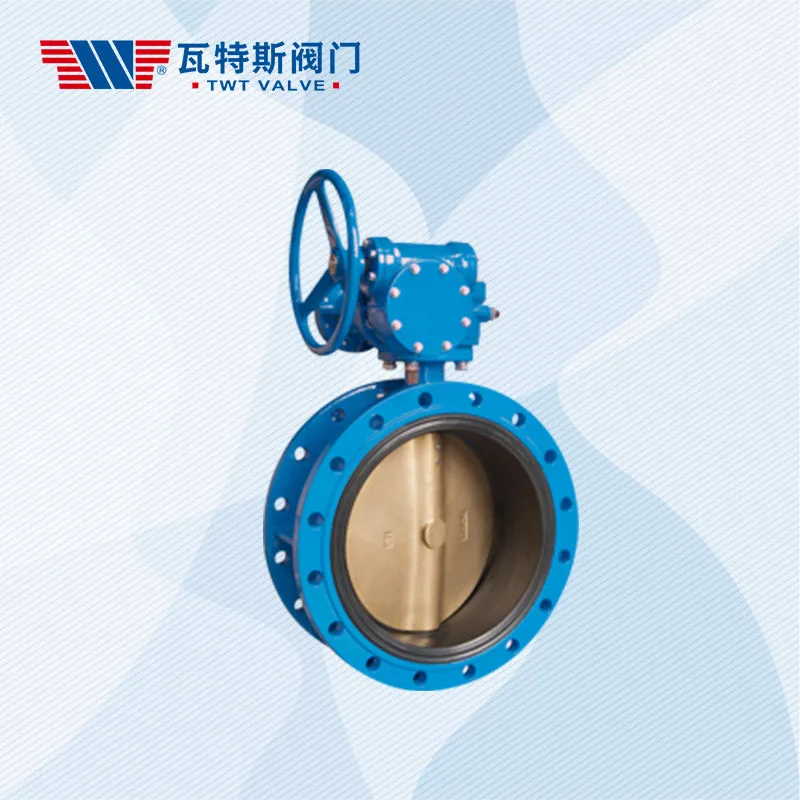A butterfly valve is a type of valve used to regulate the flow of fluids through a pipe. It consists of a circular disc, which is positioned in the center of the pipe and connected to a rod or stem that extends outside the valve. When the valve is open, the disc is turned parallel to the direction of the flow, allowing fluid to pass through the valve. When the valve is closed, the disc is turned perpendicular to the direction of the flow, blocking the flow of fluid.
The operation of a butterfly valve is typically controlled by turning the stem or actuator, which rotates the disc within the valve body. The disc can be rotated to any position between fully open and fully closed, allowing for precise control of the flow rate.
Butterfly valves can be operated manually or with an actuator, which can be electric, pneumatic, or hydraulic. Actuators allow for remote or automated operation of the valve, making it useful in a wide range of industrial applications.
Overall, butterfly valves are a simple and reliable way to regulate the flow of fluids through a pipe, offering precise control and easy operation.
What are some advantages and disadvantages of using a butterfly valve compared to other types of valves?
Butterfly valves offer several advantages and disadvantages compared to other types of valves. Here are some of the main advantages:
Advantages:
Lightweight and compact design: Butterfly valves are generally more compact and lightweight than other types of valves, making them easier to install and maintain.
Quick and easy operation: Butterfly valves can be opened or closed quickly and easily, allowing for precise control of fluid flow.
Low pressure drop: Butterfly valves have a low pressure drop across the valve body, which means they can maintain high flow rates with minimal resistance.
Cost-effective: Butterfly valves are often more affordable How does a butterfly valve work than other types of valves, making them a cost-effective option for many applications.
Suitable for large diameter pipes: Butterfly valves can be used in large diameter pipes, making them useful in applications where other types of valves may be impractical.
However, there are also some disadvantages to using butterfly valves, including:
Disadvantages:
Limited temperature and pressure range: Butterfly valves are not suitable for high temperature or high-pressure applications, as they may become damaged or fail to function properly.
Poor throttling performance: Butterfly valves are not suitable for precise throttling control, as they may experience flow instability or cavitation.
Limited sealing capabilities: Butterfly valves may not provide a tight seal when fully closed, which may result in leakage or backflow.
Limited material compatibility: Butterfly valves may not be compatible with certain materials, such as abrasive or corrosive fluids, which may damage the valve or reduce its lifespan.
Overall, butterfly valves are a reliable and cost-effective option for many applications, but they may not be suitable for all situations. It’s important to carefully consider the advantages and disadvantages of butterfly valves compared to other types of valves when selecting a valve for a specific application.
